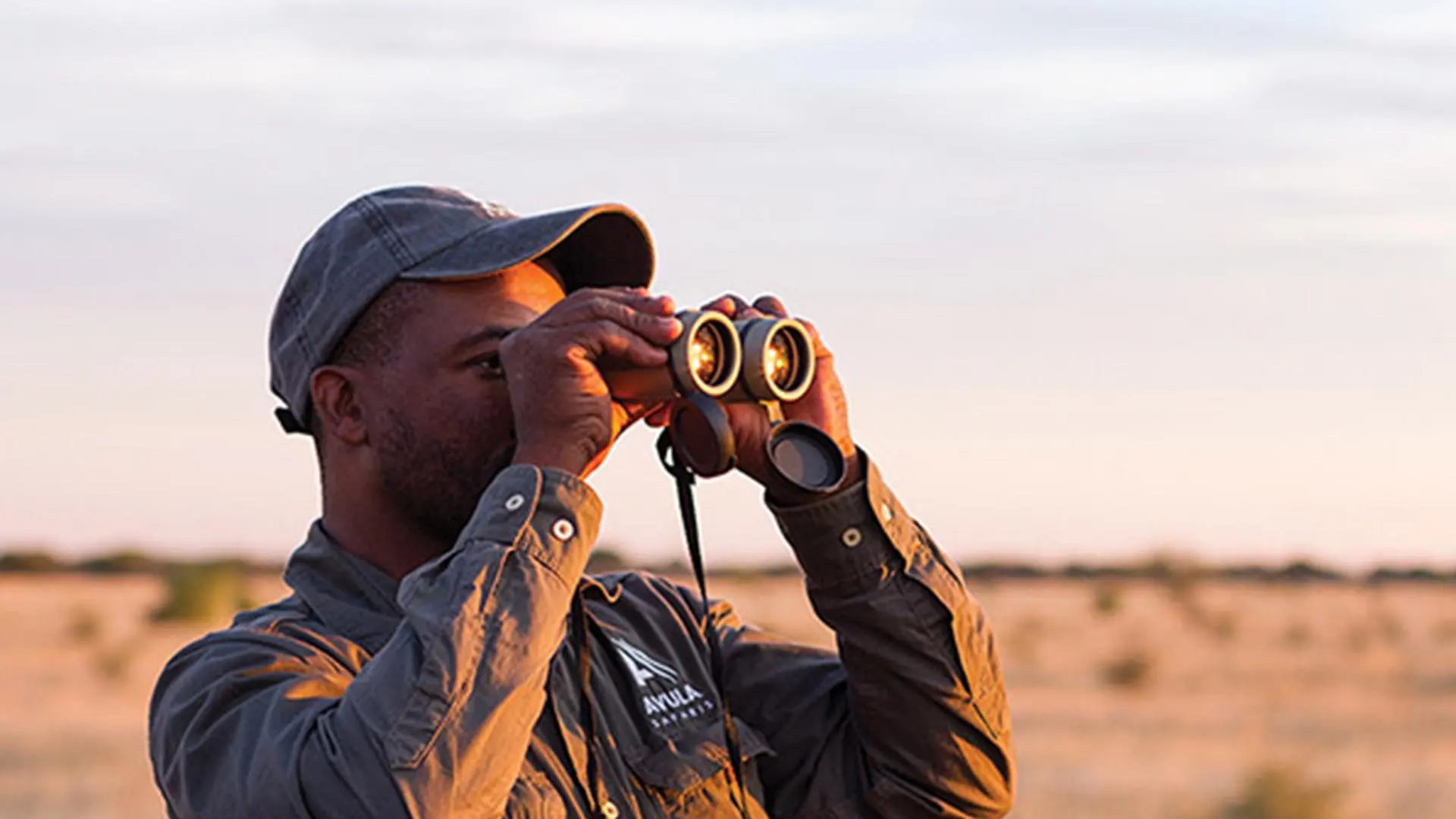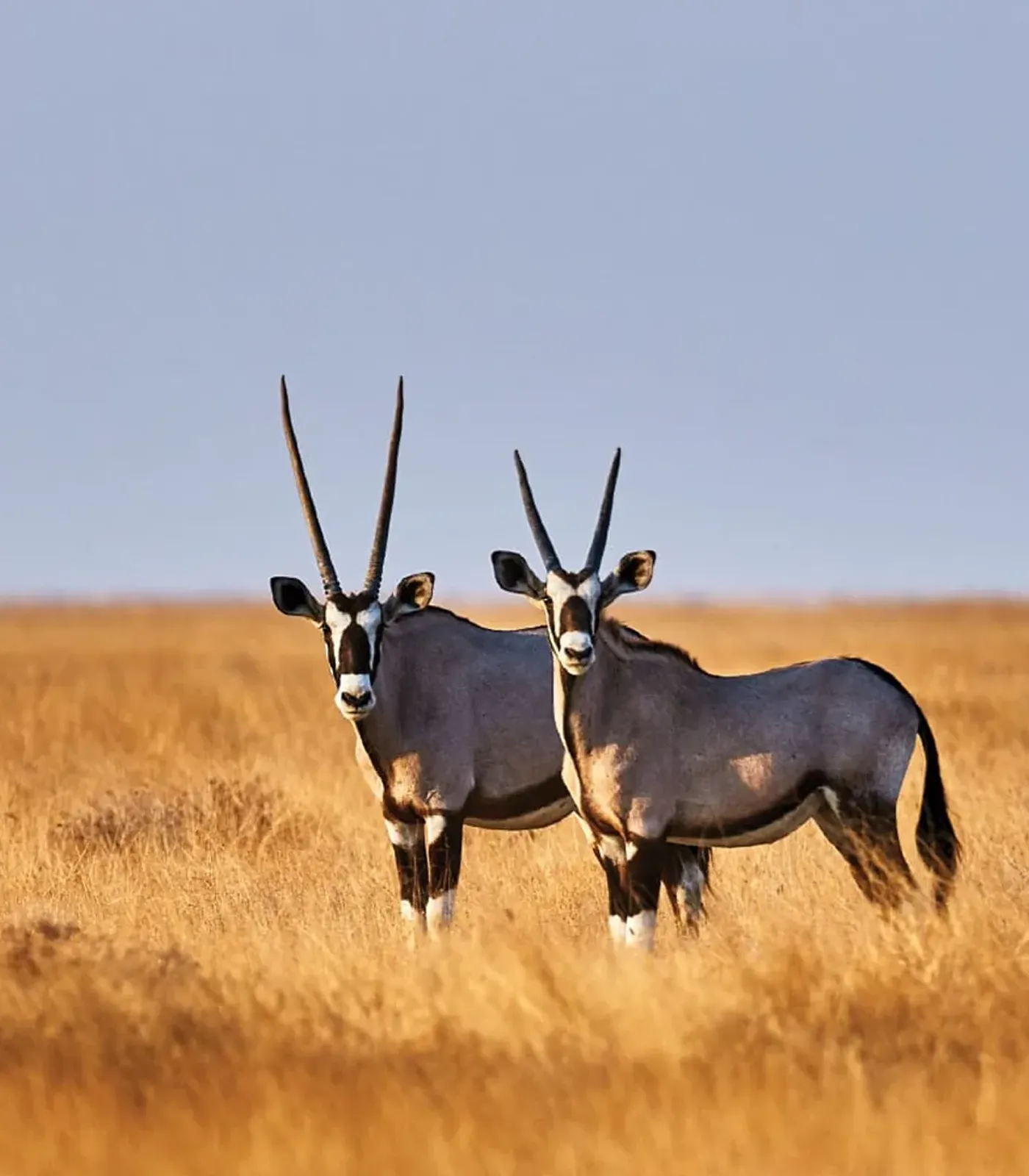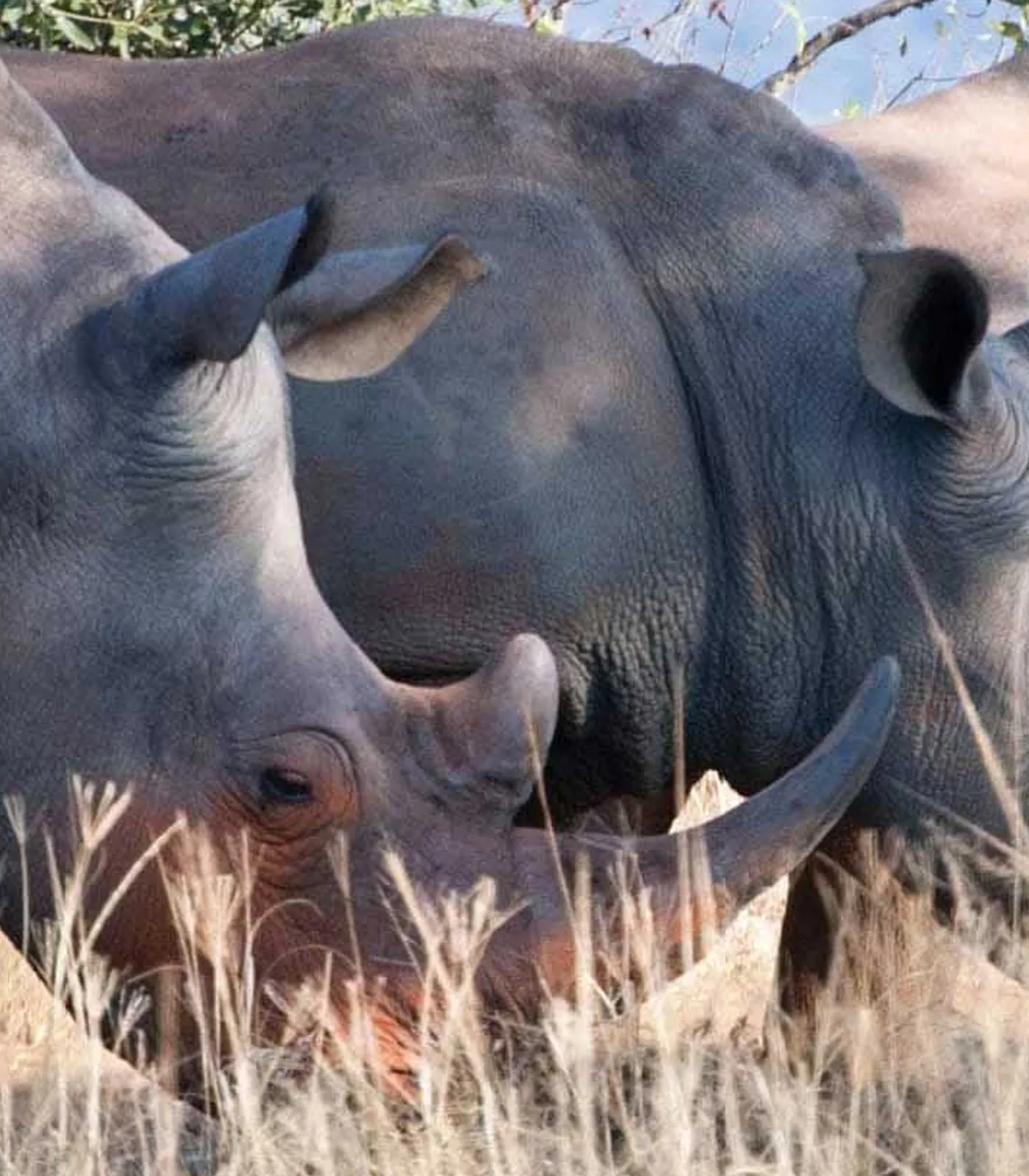
Tracking Collared Wildlife: What It’s Really Like | Avula Safaris
Imagine walking silently through the bush, scanning the horizon with a handheld receiver, listening for the rhythmic “ping” of a VHF signal. You’re not chasing a trophy or searching for a scenic photo—you’re tracking a collared animal for research and conservation.
At Avula Safaris, we partner with reserves and researchers involved in wildlife collaring initiatives. Here’s a firsthand look at what it’s really like to track collared animals and why this work matters.
1.
What Is Wildlife Collar Tracking?
Collaring is the process of fitting a GPS or VHF device to an animal to monitor its movements, behavior, and habitat use.
The types of collars include:
-
GPS collars: Offer precise location updates via satellite
-
VHF collars: Require a radio receiver to manually track the signal
-
Satellite/Iridium collars: Real-time data across global networks
Each type plays a critical role in different terrain and research goals.
2.
The Purpose Behind the Ping
Tracking collared wildlife helps scientists and conservationists answer key questions:
Insights include:
-
Migration patterns and habitat preference
-
Animal interactions and range boundaries
-
Health and survival rates
This information guides everything from reserve design to anti-poaching strategy.
3.
The Thrill of the Search
Tracking is as much an art as it is a science.
The experience involves:
-
Listening for signal pulses through thick brush
-
Decoding signal strength and direction
-
Interpreting spoor (tracks, droppings) to close in
Every successful track feels like solving a real-time mystery in the wild.
4.
The Team Behind the Technology
Tracking collared animals is often a collaborative effort.
The team may include:
-
Wildlife biologists and ecologists
-
Veterinarians during collar fitting
-
Rangers and trackers with deep bush experience
Each brings vital knowledge to the table.
5.
Types of Animals Commonly Collared
Not all species require tracking collars. The choice depends on conservation needs.
Commonly collared animals in South Africa include:
-
Elephants for migration and human-wildlife conflict monitoring
-
Lions and leopards to study predator dynamics
-
Rhino for anti-poaching and breeding success
-
African wild dogs to assess pack range and survival
Collaring offers insights that benefit entire ecosystems.
6.
The Ethics of Collaring
Proper collaring is done with minimal stress to the animal.
Ethical protocols include:
-
Sedation by trained veterinarians
-
Lightweight, non-intrusive collars
-
Timed or drop-off collars to avoid long-term wear
Animal welfare always comes first in the process.
7.
Guest Participation and Conservation Safaris
Some reserves allow safari guests to join researchers on tracking missions.
Guest roles can include:
-
Helping triangulate VHF signals
-
Assisting with data logging
-
Learning about the animal’s history and movements
These experiences offer unforgettable, hands-on insight into real conservation work.
8.
The Challenges of Field Tracking
Tracking isn’t always glamorous.
Challenges include:
-
Long hours in tough weather and terrain
-
Signal interference from hills or vegetation
-
Animals that range far beyond expected areas
But every success is a victory for science and species survival.
9.
Data That Drives Protection
Collar data has real-world conservation impact.
It informs:
-
Anti-poaching patrols and fence breaches
-
Relocation or rewilding decisions
-
Community education on animal movement
This data turns into action.
10.
Avula’s Role in Wildlife Monitoring
We support and collaborate with reserves engaged in collaring and tracking programs.
Our contribution includes:
-
Hosting researchers and conservation interns
-
Assisting in data collection during guided safaris
-
Educating guests on how their safari supports science
Every guest becomes part of the conservation journey.



